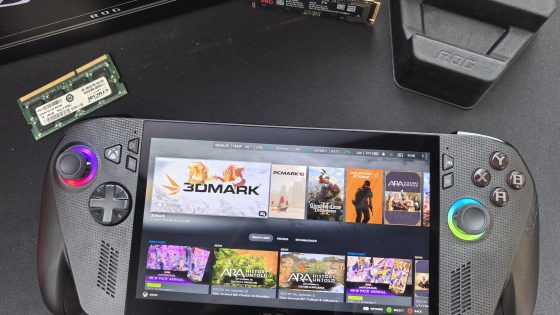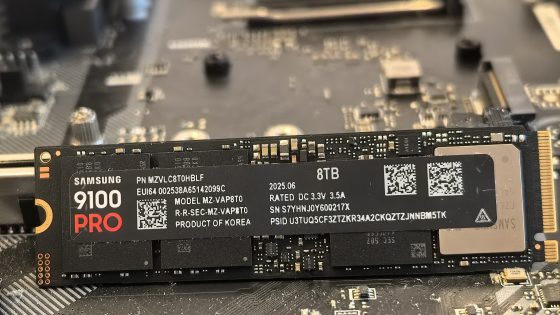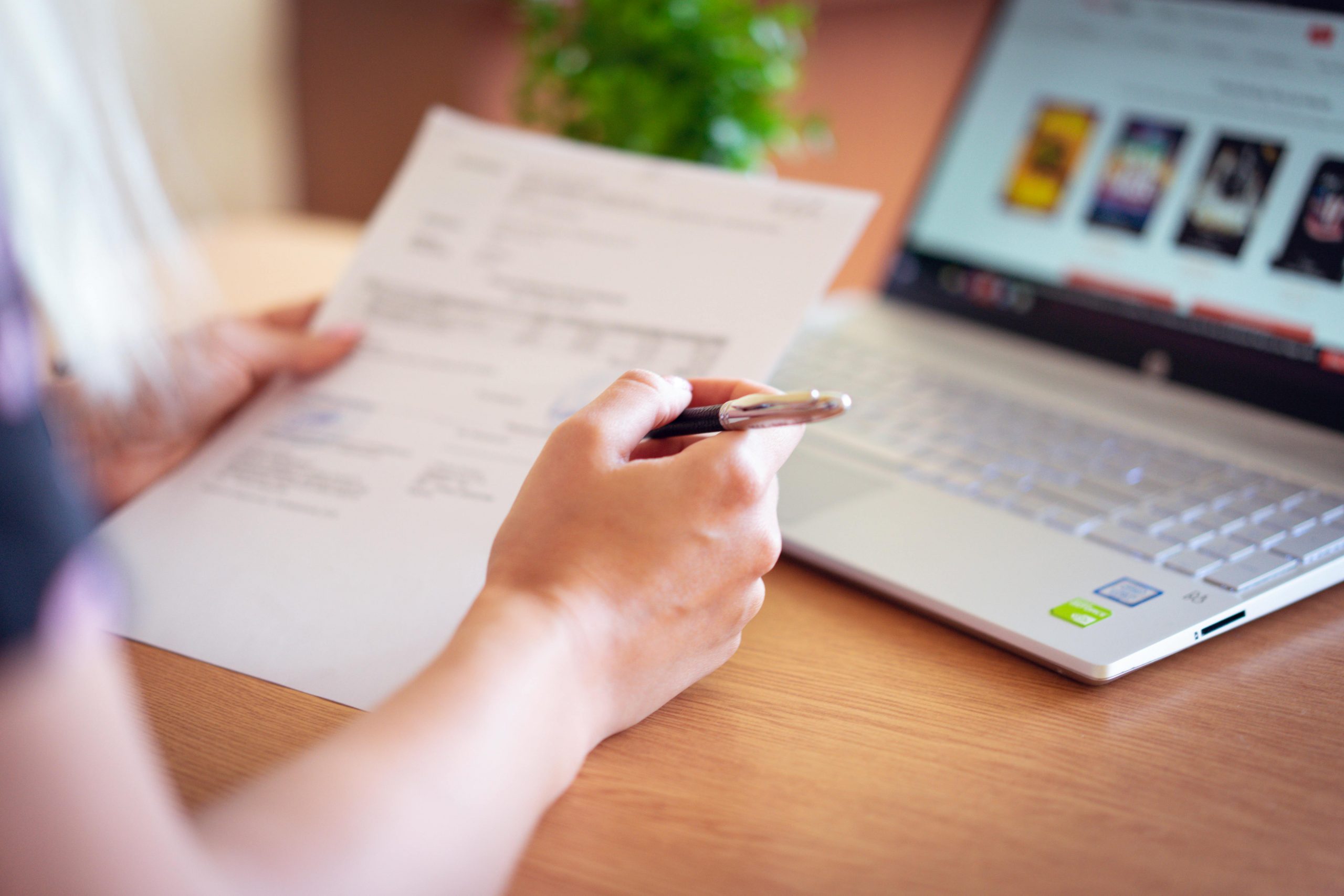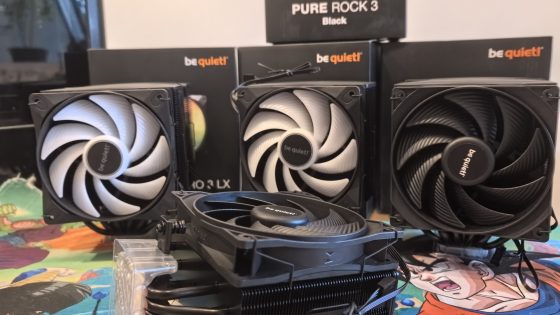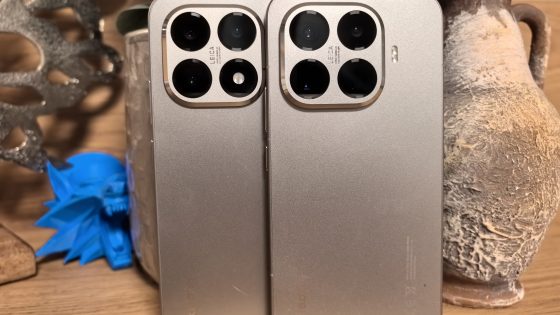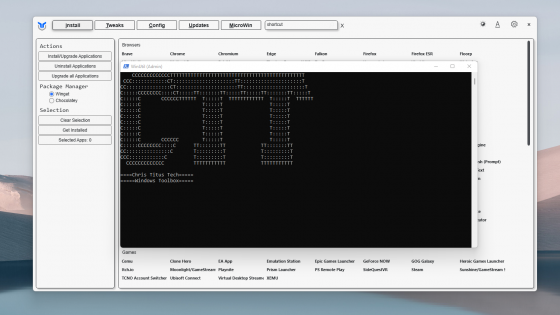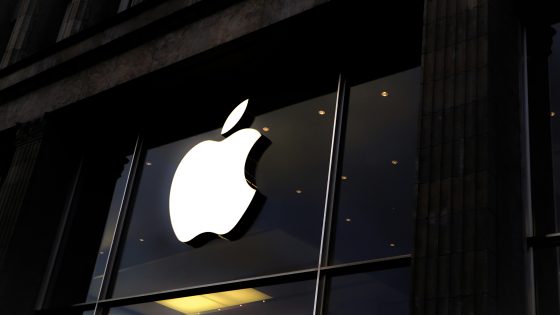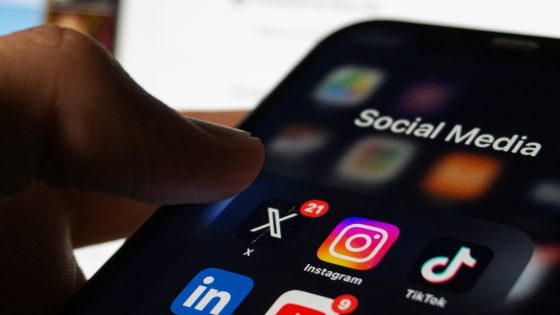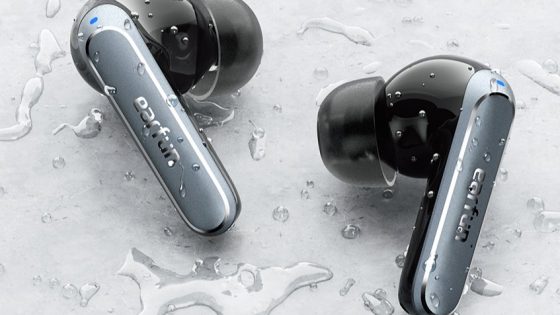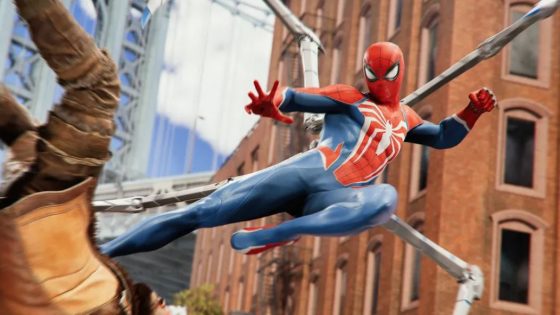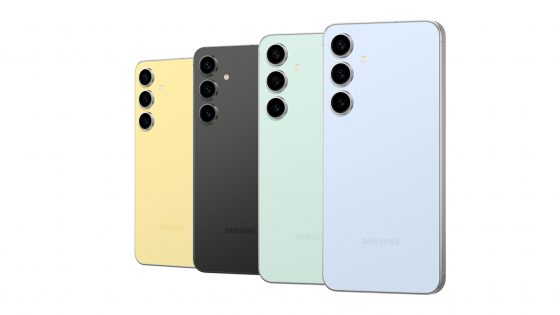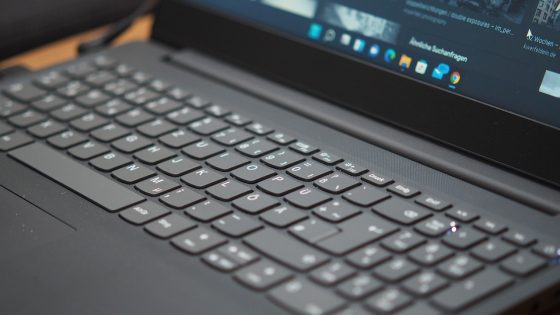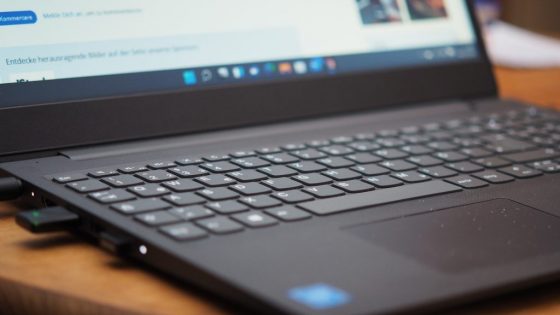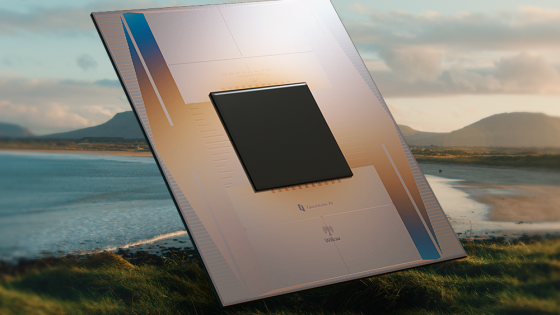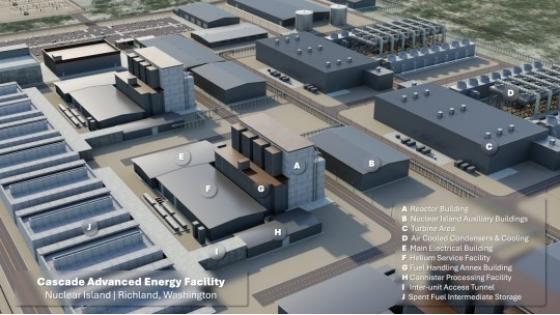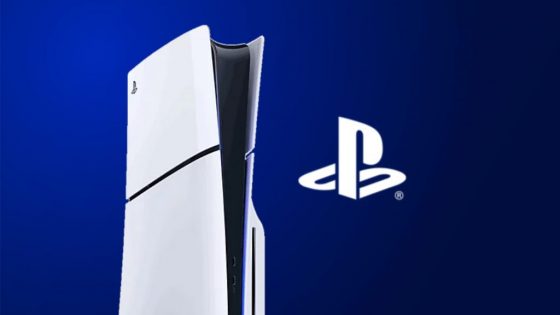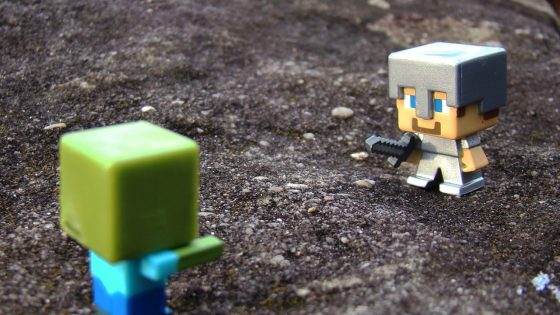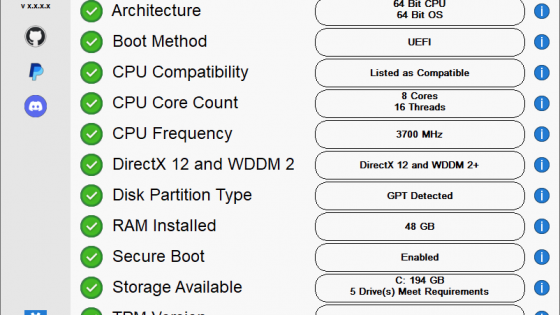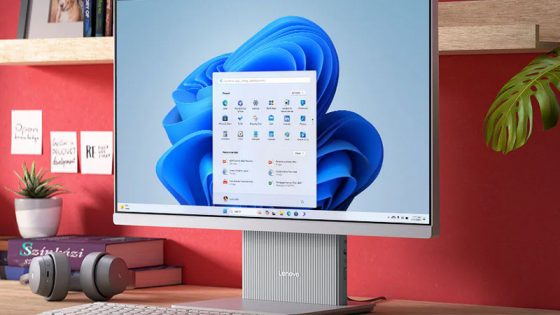How to take professional food photos with your iPhone or Android?
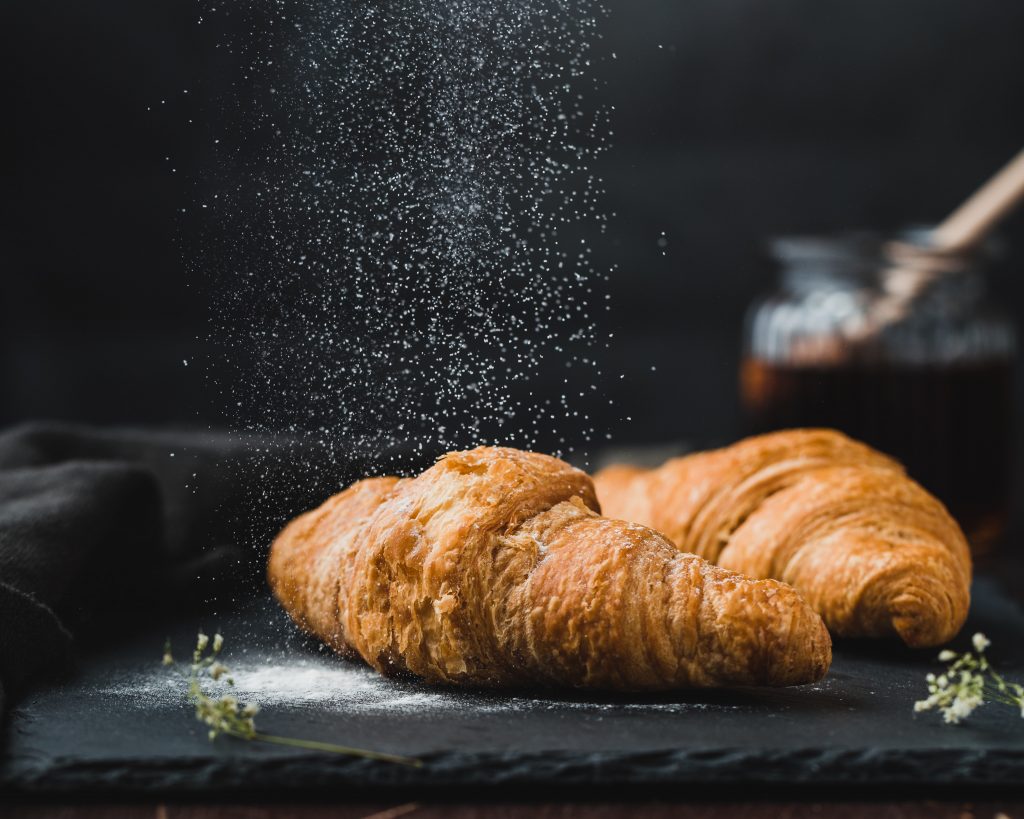
Food photography seems like it should be easy, but creating “professional” shots can be a challenge—especially when all you have is a smartphone and available light. But a few simple tricks can help you create truly delicious images. Tech Radar asked two professional photographers to reveal what those secret ingredients are.
Using a smartphone to photograph food is nothing new and at the same time makes a lot of sense since we have our phones with us all the time. So we're always ready if something particularly photogenic comes out of the kitchen.
There are other reasons why smartphones are good for food photography. Because they are small and thin, you can get closer to your food for the best creative angles, which may not always be possible with conventional cameras. Most smartphones these days have modes like 'Portrait' which you can use to create shallow depth of field effects, while multiple lenses can also be used for different compositions.
With all of this in mind, Tech Radar asked some professional photographers to share their secrets for creating fantastic food shots. All of these experts use Android and iOS, so all of the advice here should apply to whatever phone model you have.
1. Hold the phone upright
Professional photographer Tim Clinch has been taking pictures for a long time. About 18 months ago, he did his first professional photo shoot using his iPhone entirely to create images for his client Cardenal Mendoza Brandy's new website. He says he showed the customer comparable DSLR photos, but the customer preferred iPhone products.
One of his main pieces of advice is also one of his simplest.”By far the biggest problem I see when I look at people with smartphones – especially larger models – is what I call the 'new phone flop'"," he says. "Basically – keep your phone up! It happens very quickly that the top of the phone tilts forward, causing you to lose all your verticality,” he adds.
“Sometimes I make sure the phone is really upright by having someone stand by and tell me when my phone is level - it's a very different approach to shooting with a standard camera,” he says.
2. Look for as many colors as possible
Although black and white food photos have a special charm, a bold use of color will make your food images stand out from the crowd.
Look for vibrant colors when choosing your possible themes, keeping in mind that not all colors will look as good on your phone as they do in real life. Browns and beiges can be a little less attractive, while bright greens, yellows and reds usually look great.
It also pays to shoot in the best possible light, avoiding artificial and low light. Thus, the sensor of your phone will have all the conditions to reproduce all the details. If you're taking food photos at home, try to get close to a window to take advantage of the natural light.
3. Use portrait mode (but be careful)
Most smartphones offer a portrait mode among their shooting modes. Sometimes it may be called something else, like “Aperture” or “Live Focus.” What they all have in common is that they create shallow depth-of-field effects that will add a professional touch to your shots.
Portrait mode works especially well when the subject's outline is clear or well-defined, so be aware of times when the mode in question might not be as effective.
“Portrait mode is a very useful tool, but be careful when taking photos of objects like glasses,” he says. “It often can’t handle the edge of the glass and you end up with a weird ‘ghost’ around the edges and often the glass can simply disappear.”
4. Use grid lines
Kratia Garwal, a Dutch professional photographer and content creator, often uses her phone to photograph food. In addition to photography, she also runs food photography workshops to help others improve their style. You can also see her work on her Instagram profile.
A quick and easy tip that he often recommends is to turn on grid lines in your phone's native camera apps. Most smartphones will offer this somewhere in the settings menu.I always have this feature on as it helps me align the horizontal and vertical planes within my frame and also make the composition correct using the rule of thirds,” he says.
If you're not sure what the rule of thirds means, check out Kratia's screenshot in this article. Placing your subject where the grid lines intersect will usually give you a pleasing composition, but it's worth experimenting to see what works.
5. Use “pro” mode or one of the “third-party” applications
If you have a smartphone with Pro/Advanced mode, you can use it to great effect in food photography. That said, some models—particularly the iPhone—don't give you as much control over settings as a standard camera would. While this might be good for quick snapshots, third-party apps will let you do more.
To gain some of that control, Kratia Garwal recommends Adobe's "all-in-one" approach.The Adobe Lightroom mobile app has a fantastic feature that allows you to take photos directly from the app," he says. "Both Auto and Pro modes are available, but it's so convenient to be able to control shutter speed, ISO or white balance before pressing the shutter button. This is something I often recommend to my workshop participants,” he says.
6. Take it a step further with a phone holder
If you follow foodie profiles on Instagram, you’re probably already very familiar with the concept of a “flat lay,” where you get a bird’s eye view of your subject. They work especially well with food and are easy to create with your phone, as they’re so easy to position and move around the scene.
However, for best results it's a good idea to keep the phone still and in one position. It will also make it easier for you to change the flat position setting without having to re-set the scene every time you take a shot.
Kratia Garwal uses a phone holder (like the simple Lamicall Gooseneck model) for top-down shots. She explains, “This way I can set the timer and not have to press the shutter myself. It frees up my hands and helps prevent any camera shake.”



